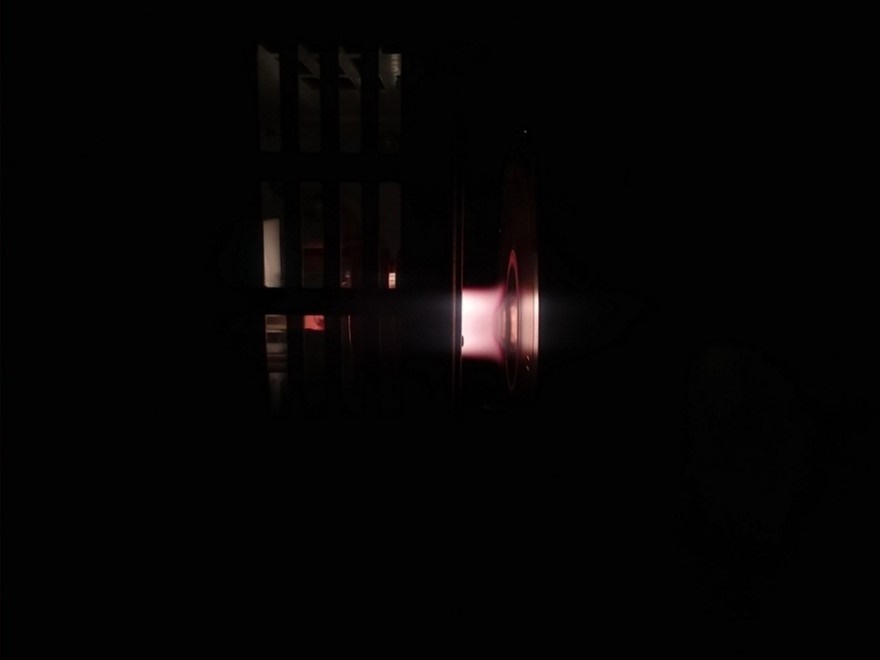2025-06-02 パシフィック・ノースウェスト国立研究所(PNNL)
<関連情報>
- https://www.pnnl.gov/publications/pnnl-paper-identifies-new-path-study-small-molecules
- https://pubs.acs.org/doi/10.1021/acs.jproteome.3c00634
多次元メタボロミクスデータにおける発見のための分子ハイパーネットワークの導入 Introducing Molecular Hypernetworks for Discovery in Multidimensional Metabolomics Data
Sean M. Colb,Madelyn R. Shapir,Andy Li,Aivett Bilba,Corey D. Broecklin,Emilie Purvin,Cliff A. Joslyn
Journal of Proteome Research Published: October 22, 2024
DOI:https://doi.org/10.1021/acs.jproteome.3c00634
Abstract

Orthogonal separations of data from high-resolution mass spectrometry can provide insight into sample composition and address challenges of complete annotation of molecules in untargeted metabolomics. “Molecular networks” (MNs), as used in the Global Natural Products Social Molecular Networking platform, are a prominent strategy for exploring and visualizing molecular relationships and improving annotation. MNs are mathematical graphs showing the relationships between measured multidimensional data features. MNs also show promise for using network science algorithms to automatically identify targets for annotation candidates and to dereplicate features associated with a single molecular identity. This paper introduces “molecular hypernetworks” (MHNs) as more complex MN models able to natively represent multiway relationships among observations. Compared to MNs, MHNs can more parsimoniously represent the inherent complexity present among groups of observations, initially supporting improved exploratory data analysis and visualization. MHNs also promise to increase confidence in annotation propagation, for both human and analytical processing. We first illustrate MHNs with simple examples, and build them from liquid chromatography- and ion mobility spectrometry-separated MS data. We then describe a method to construct MHNs directly from existing MNs as their “clique reconstructions”, demonstrating their utility by comparing examples of previously published graph-based MNs to their respective MHNs.



